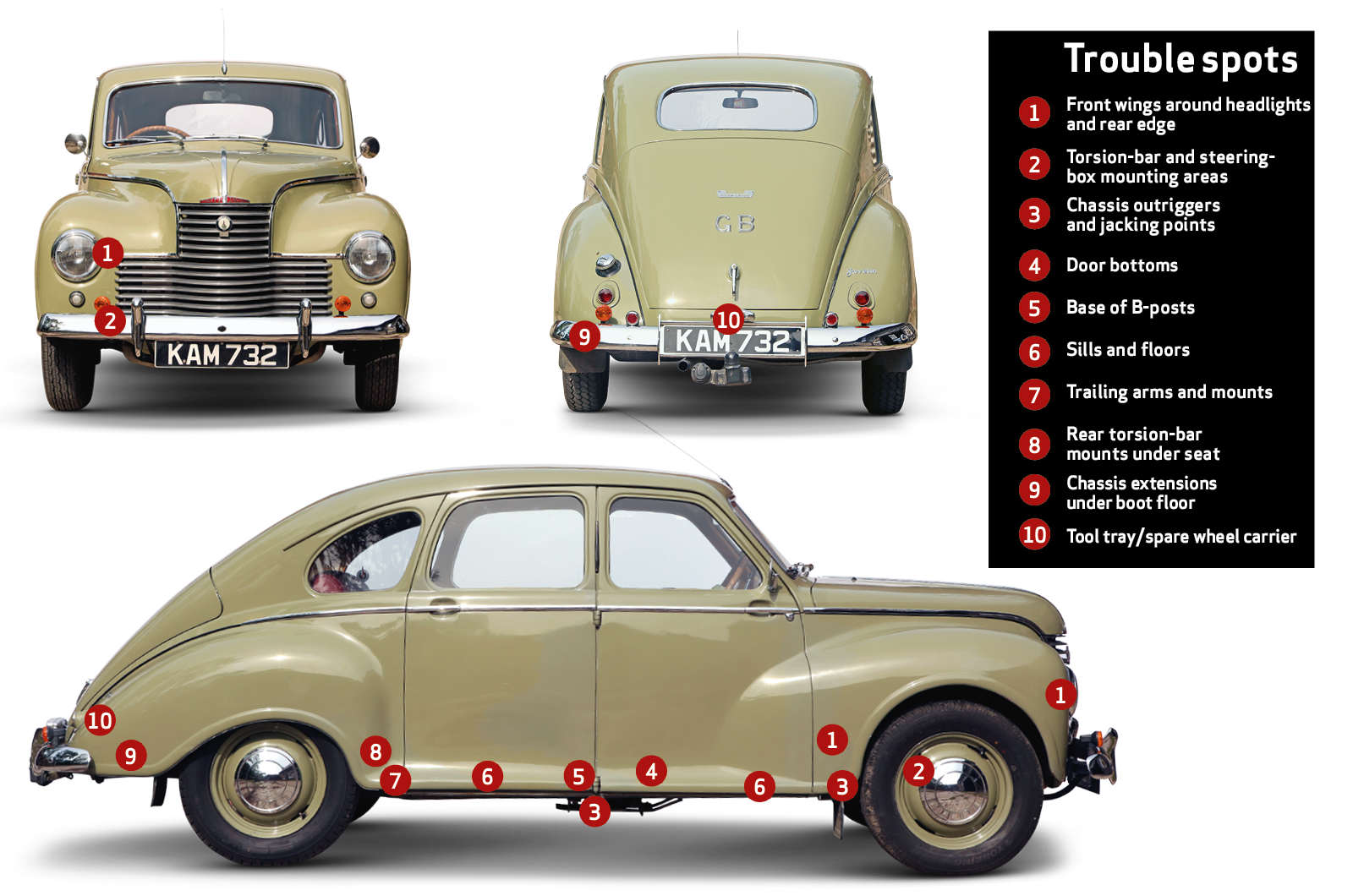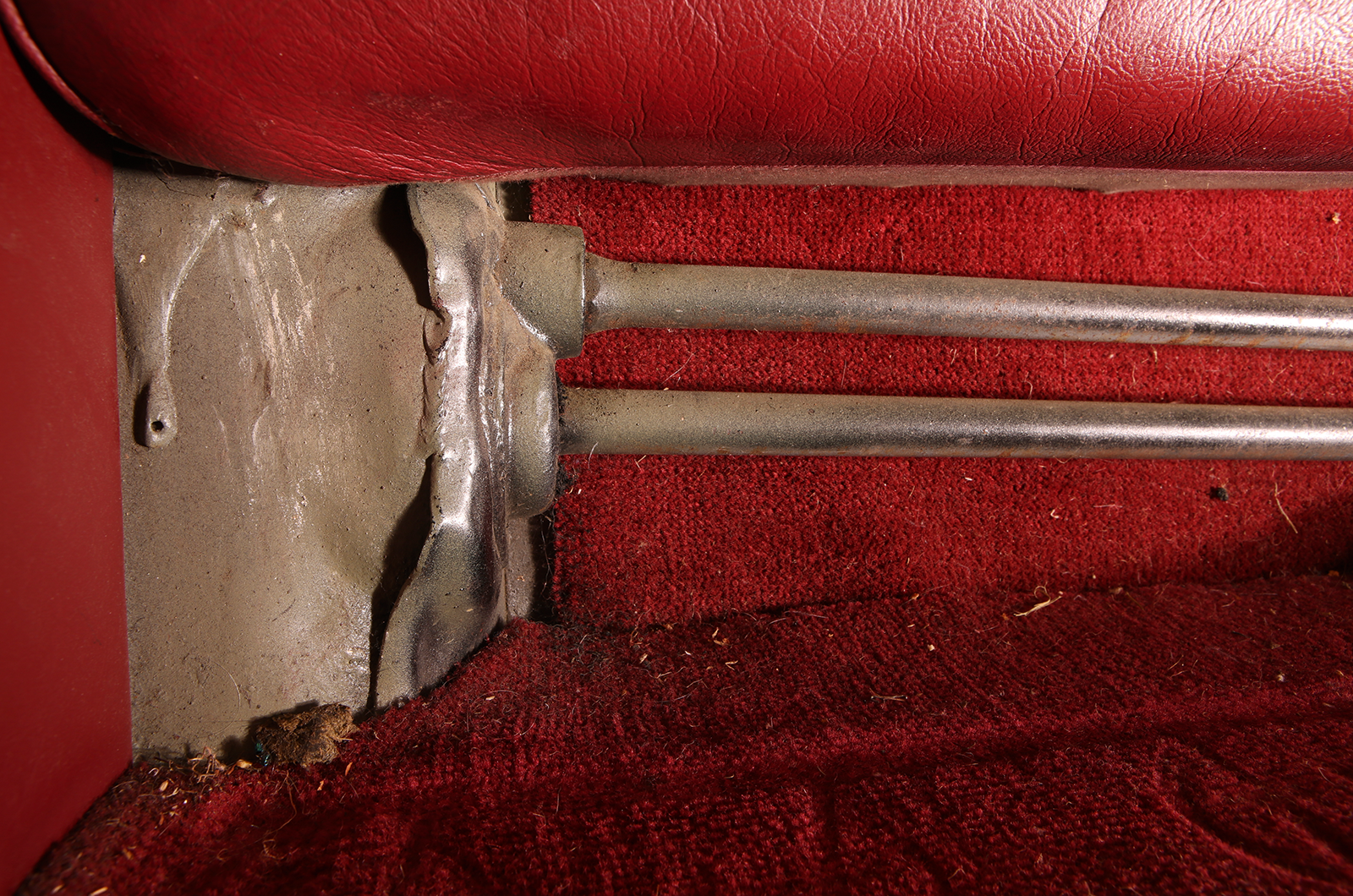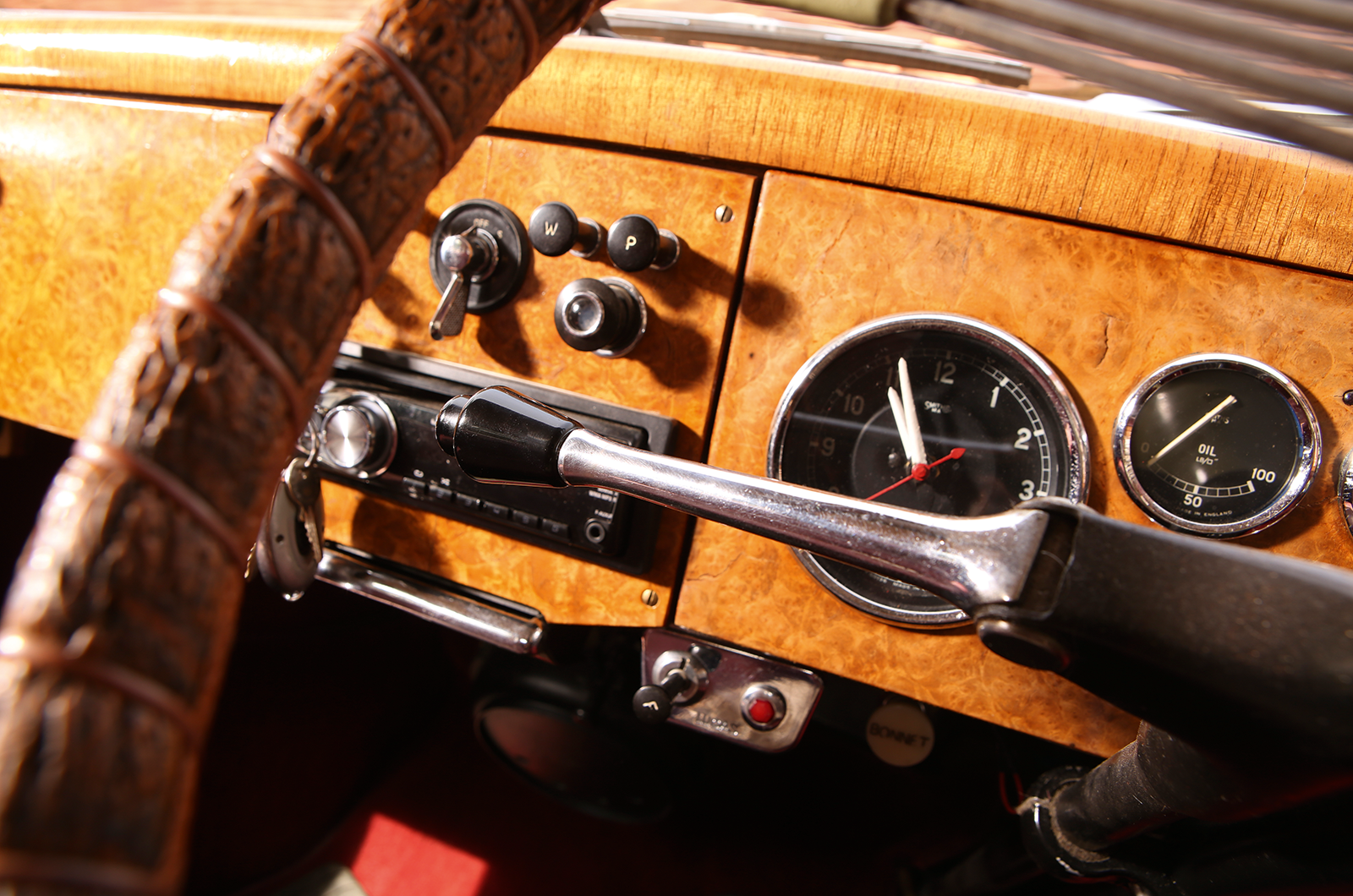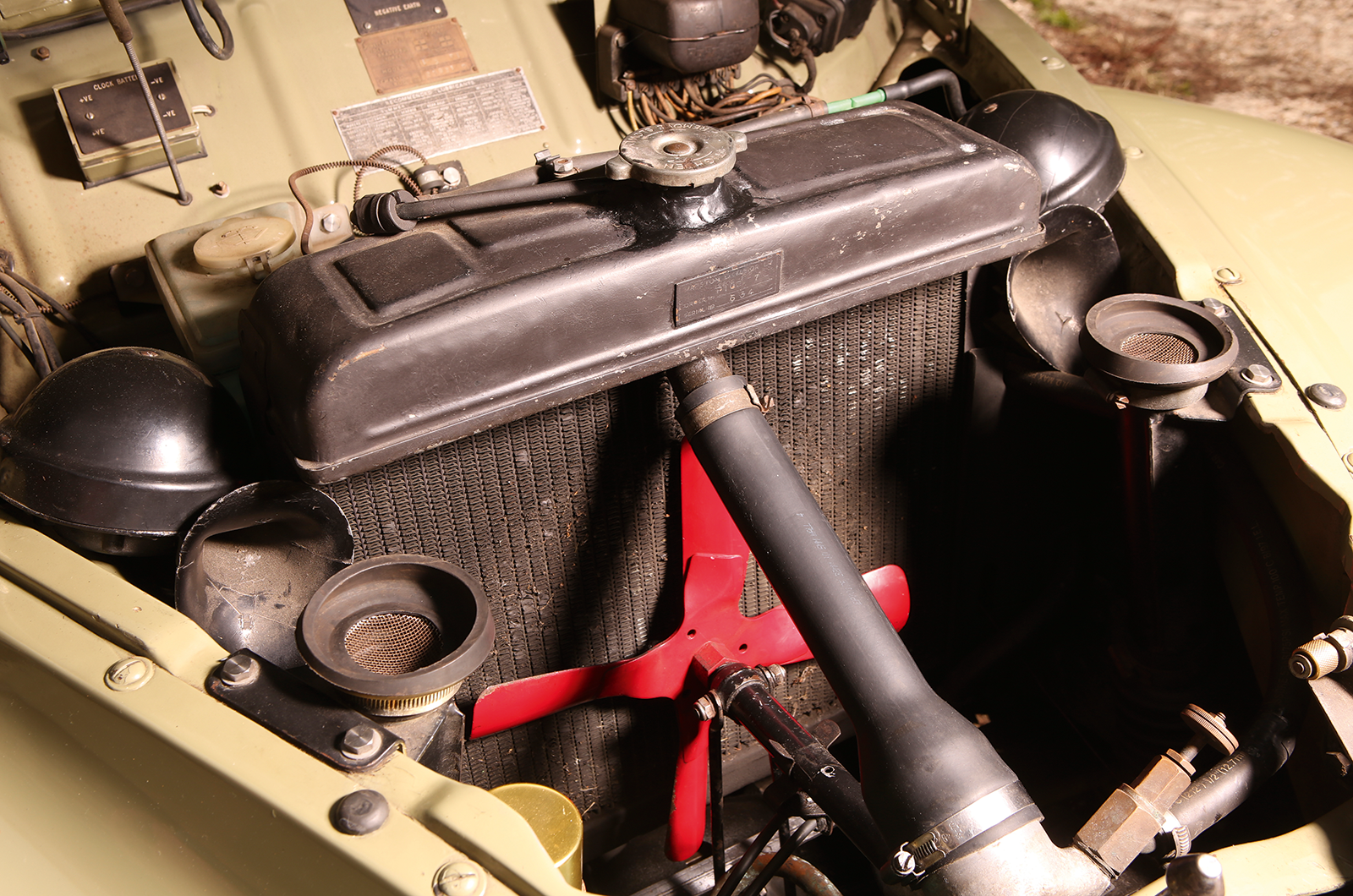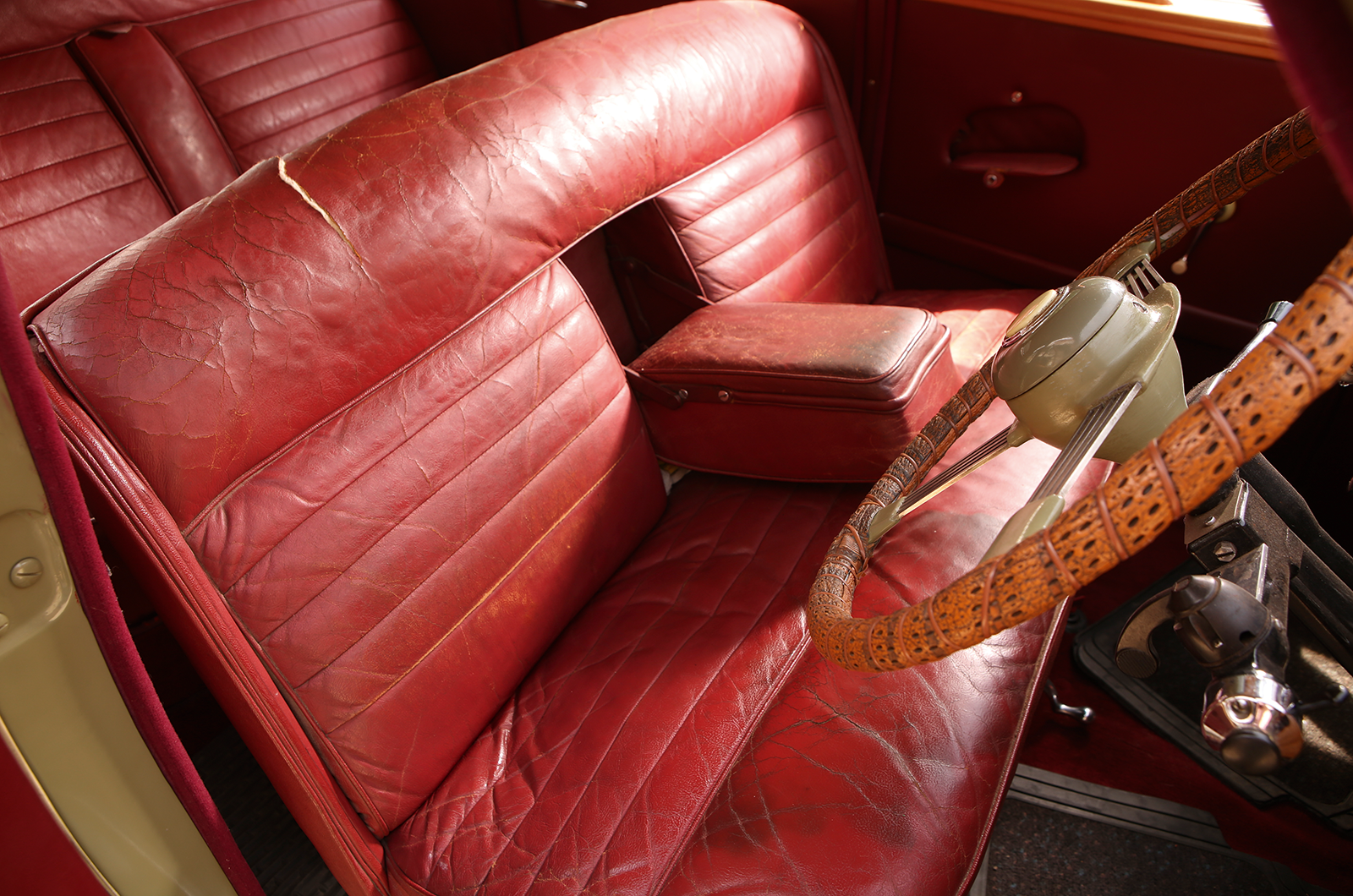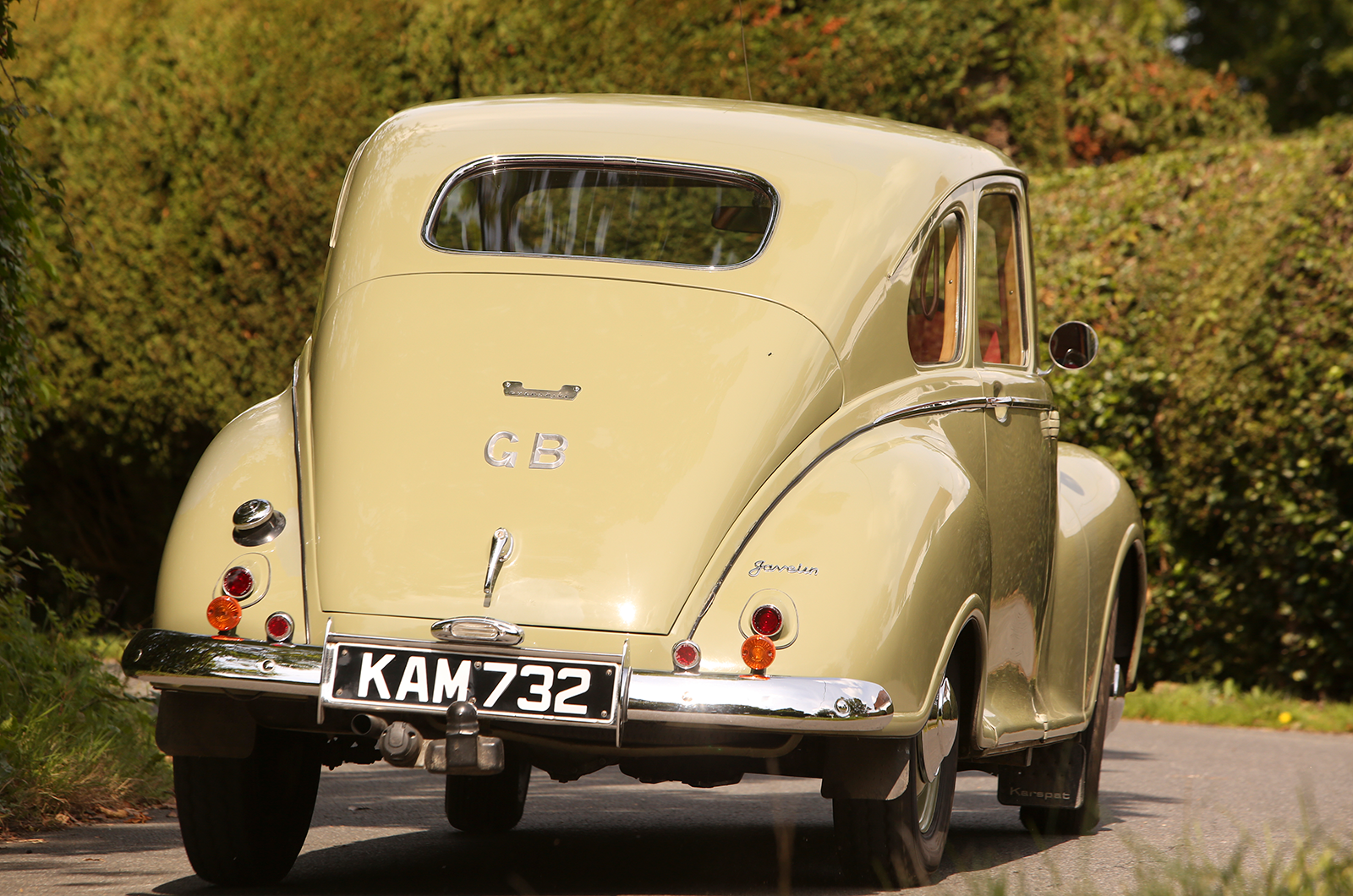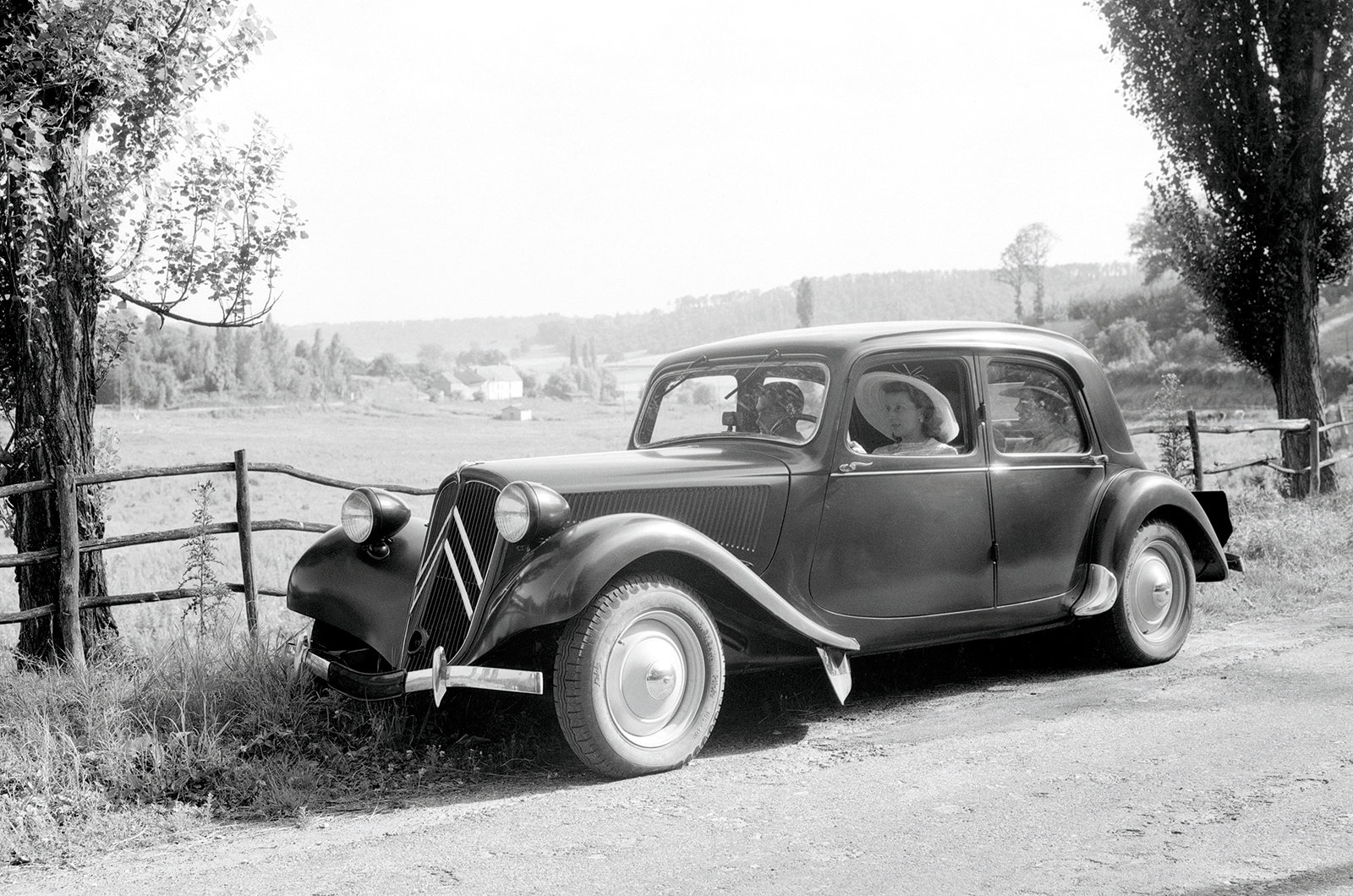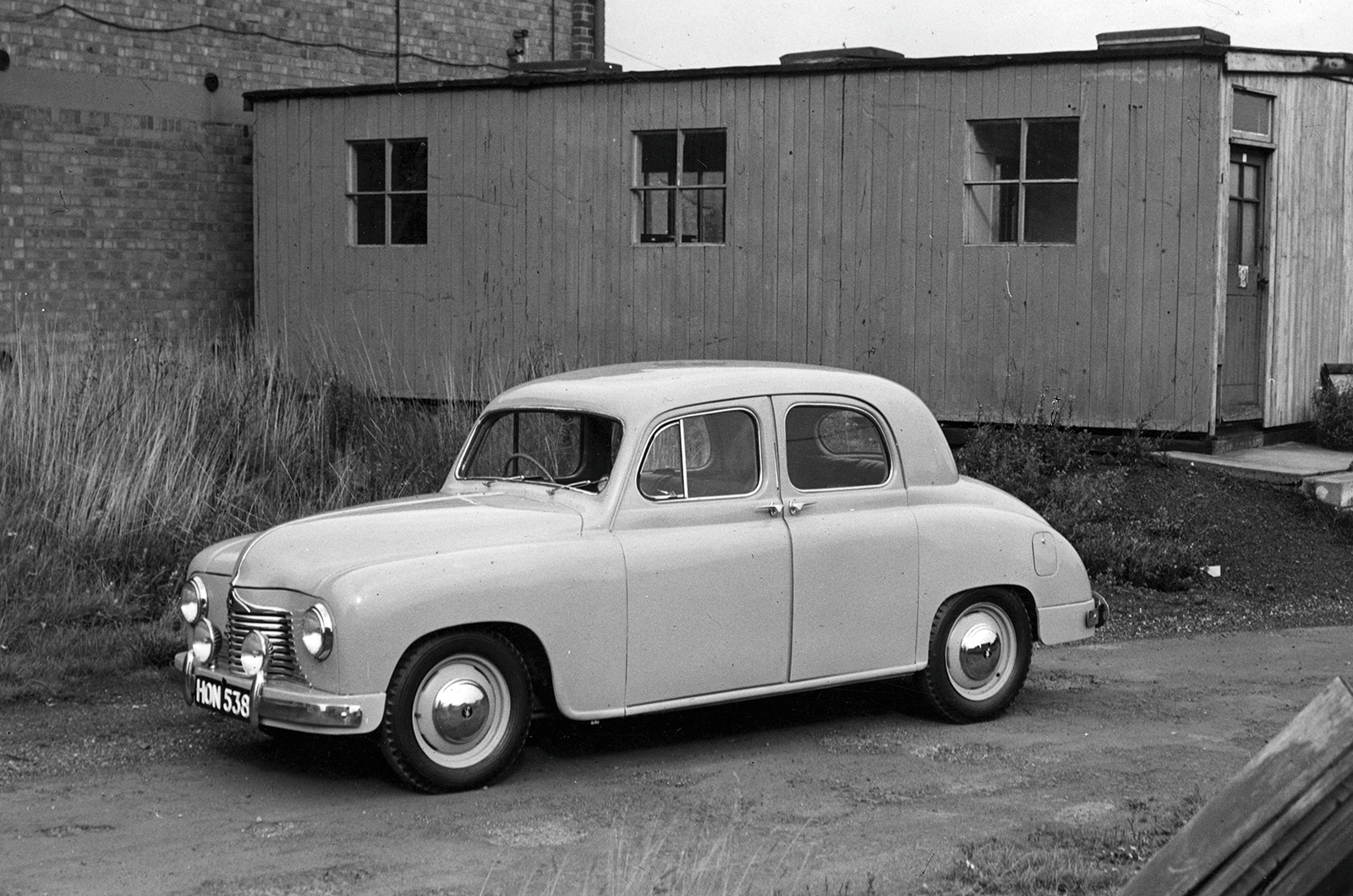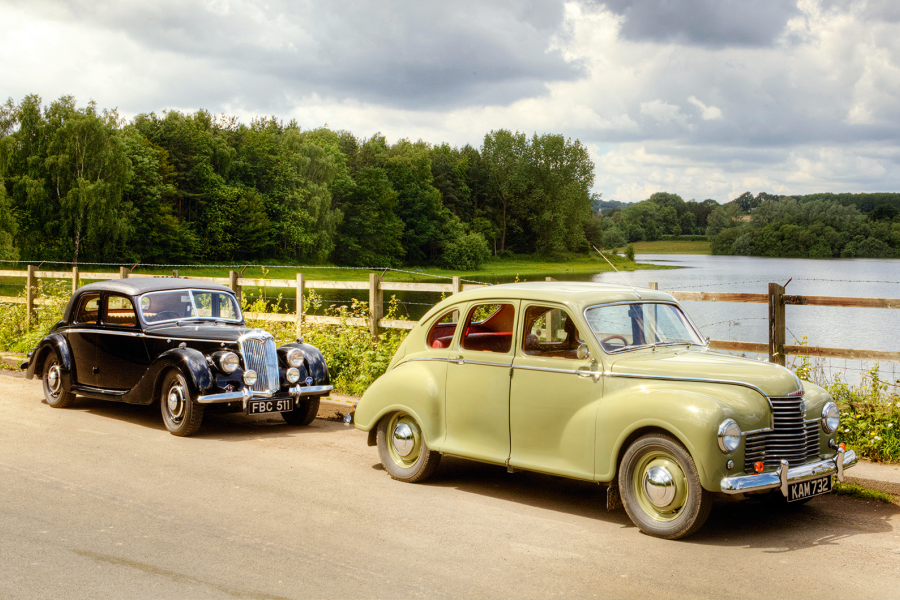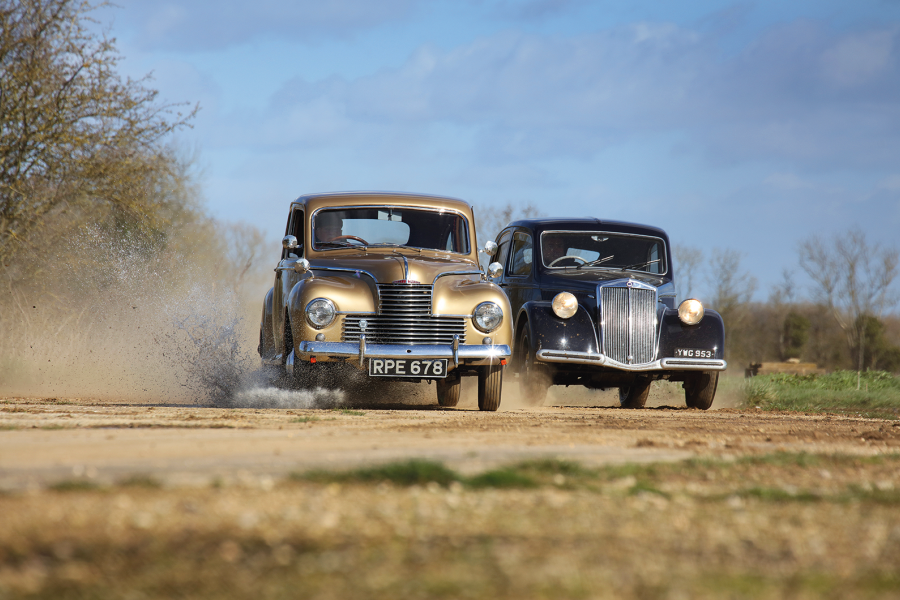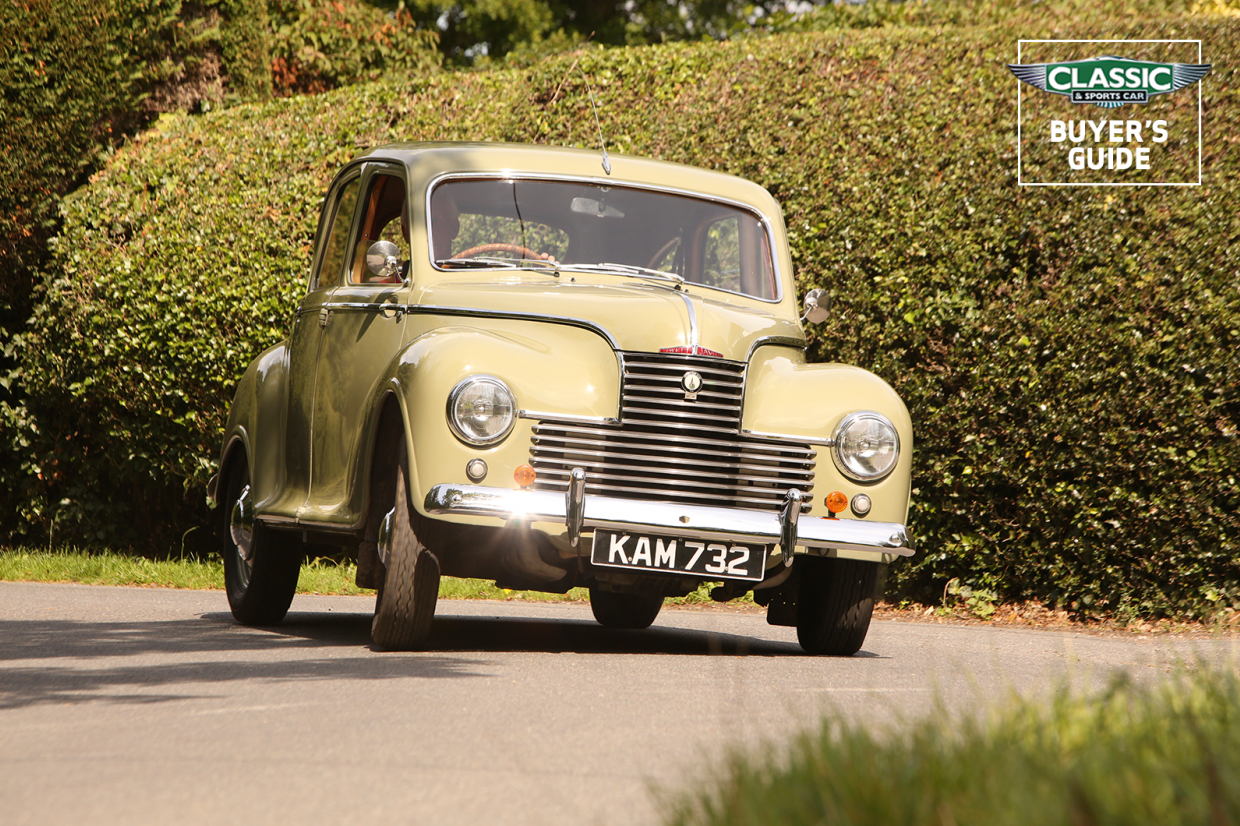
Why you’d want a Jowett Javelin
Alec Issigonis wanted the Morris Minor to have a flat-four engine, but Lord Nuffield decided that it was too expensive to develop. Meanwhile, up in Yorkshire, the tiny Jowett concern – undaunted by its antiquated equipment and desperate shortages of raw materials – just went ahead and built one, along with an aerodynamic monocoque body to put it in.
Gerald Palmer was the young designer responsible for the Jowett Javelin, poached from MG in the middle of WW2. He grew up in Rhodesia, so he knew well the needs of such export markets. He devised a compact and powerful 1.5-litre flat-four, calling in Harry Weslake to advise on induction tweaks to get the best out of it.
The Jowett’s structure was immensely strong, with a steel shell welded to a substantial box-section chassis, which was designed before it was decided to weld the body to it. Yet the car was still light compared to its competitors. Cart springs were out, torsion bars being used all round, with double wishbones at the front and four-link location for the live rear axle.
The first Javelin took to the road in 1944 and it was almost ready by the time that hostilities ended. It was also the first British car fitted with a curved, toughened Triplex windscreen.
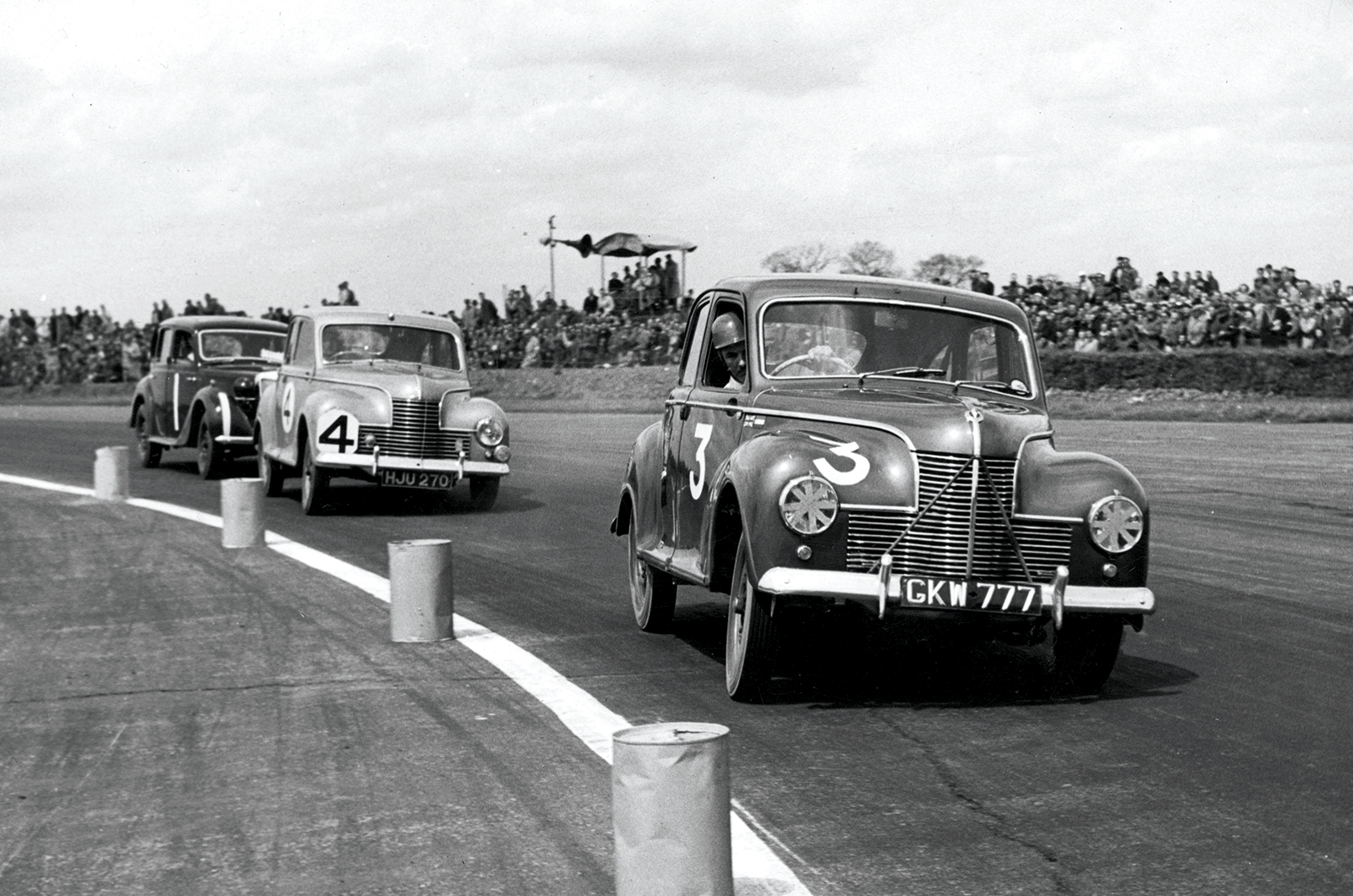
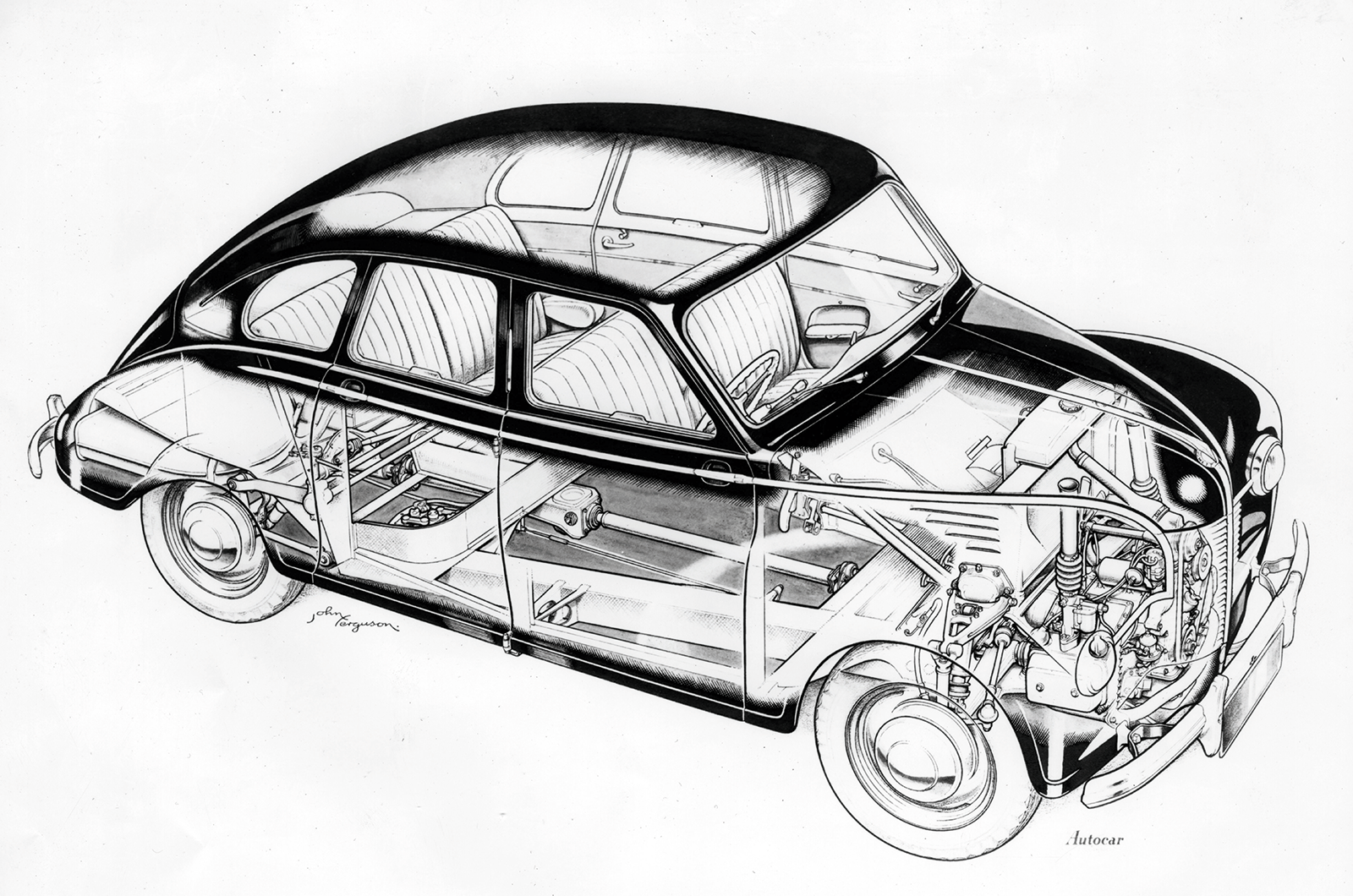
(l-r) Classic saloons used to lean much more in period racing; neat engine installation plus torsion bars all round

